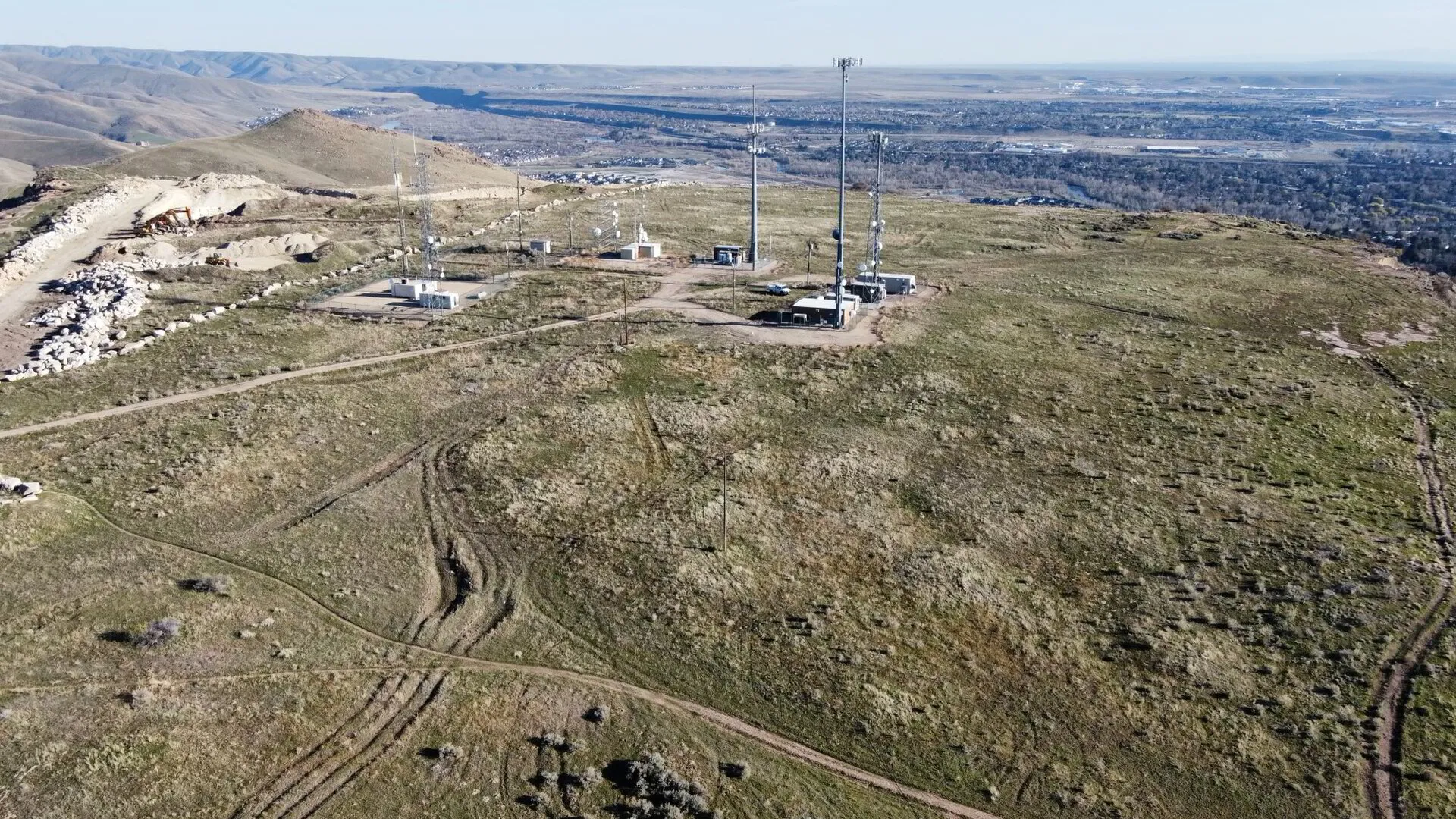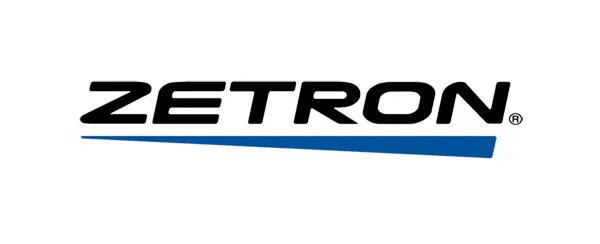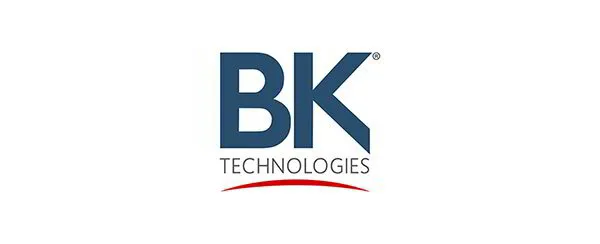
One of the Most Complete Communication Networks in the Northwest
White Cloud Communications Inc., an Idaho-based company with nearly 50 years of expertise, is headquartered in Twin Falls and operates satellite offices in Garden City, Burley, and Idaho Falls. We specialize in advanced two-way radio services, designing, developing, and delivering innovative solutions that boost productivity, enhance safety, and connect people in the toughest environments. Our mission is to provide seamless, reliable, and instant communication for businesses and communities across southern Idaho. With a focus on innovation, quality, and a customer-first mindset, we aim to be the trusted leader in wireless communication solutions.
Industries

Compliance Requirements in Radio Systems
With nearly five decades of delivering cutting-edge communication solutions, White Cloud Communications understands the importance of Test Emergency Radio System Compliance. Compliance ensures that critical communication systems function optimally during emergencies, safeguarding lives and property. Regulatory bodies define these standards, and adherence is non-negotiable for operational success.
As communication experts, we emphasize the need for thorough testing and maintenance. These practices not only ensure compliance but also enhance system reliability. In southern Idaho, understanding the specific requirements and adhering to the mandated tests is crucial for all businesses relying on these systems.
Why Is Regular Testing Essential?
Regular testing plays a pivotal role in maintaining the integrity and efficiency of emergency radio systems. From my 20 years in the field, I’ve seen how periodic tests can uncover potential faults before they escalate into significant issues. This, in turn, prevents costly downtime and ensures compliance.
Compliance testing includes checking signal strength, coverage, and component functionality. These tests should align with local building codes and the technical standards set by bodies like the National Fire Protection Association (NFPA). Test Emergency Radio System Compliance is not a one-time task but a continuous process of validation and adjustment.
At White Cloud Communications, we take pride in helping businesses meet these critical compliance checks, ensuring that their systems are always alert and ready for any emergency.
Steps to Ensure System Compliance
Based on our extensive experience, here’s how businesses can achieve and maintain Test Emergency Radio System Compliance:
- Perform an initial comprehensive test after system installation.
- Schedule regular maintenance checks and system adjustments.
- Stay updated on changes in regulations and technology.
- Document test results meticulously to track system performance.
- Engage professional services for specialized testing and compliance advice.
What Qualifies as a Test Emergency Radio System Compliance Issue?
Test Emergency Radio System Compliance issues arise when systems fail to meet the required operational standards set by regulatory authorities. Common issues include weak signal areas, outdated technology, or faulty components.
Companies might struggle with maintaining current standards due to upgrades in governmental policies or architectural changes. By staying proactive and informed, businesses can resolve these issues effectively, ensuring uninterrupted communication in emergencies.
Benefits of Using Professional Testing Services
Leveraging professional testing services for Test Emergency Radio System Compliance brings several advantages:
- Access to industry-leading expertise and technologies.
- Ensured compliance with the latest standards and codes.
- Comprehensive reporting and documentation.
- Expert advice and recommendations for system improvements.
White Cloud Communications offers tailored testing solutions, ensuring that systems function flawlessly when they are needed most. By partnering with professionals, businesses achieve not only compliance but also peace of mind.

ERCS Code Inspection Basics
In my two decades at White Cloud Communications Inc., I’ve seen firsthand how ERCS Code Inspection plays a pivotal role in ensuring regulatory compliance. This system is crucial for tracking examination returns and managing audit information effectively. It acts as the backbone for maintaining transparency and accountability in tax examinations, making it indispensable for any compliance team.
ERCS Code Inspection is not just about verifying codes; it involves a comprehensive review of processes and inventory management, ensuring that every tax return under examination is properly controlled. It’s a system that provides a robust interface with other IRS platforms, making it a critical component in the operation of many governmental and private entities.
Importance in Communication Technology
At White Cloud Communications, our experience shows how similar robust systems improve workflow efficiency and enhance safety protocols. While we specialize in two-way radio solutions, the principles of ERCS Code Inspection resonate with our mission to deliver reliable and seamless communication. These inspections ensure the smooth operation needed for sectors like Law Enforcement and Emergency Services, where timely and accurate information is paramount.
Incorporating practices akin to ERCS Code Inspection within our technology stack allows us to maintain our equipment’s integrity, ensuring consistent and clear communication lines are always available for our clients.
What Qualifies as a Critical ERCS Code Inspection?
A critical ERCS Code Inspection involves the systematic review of examination codes to prevent unauthorized access and maintain data accuracy. It’s essential for safeguarding taxpayer information and ensuring compliance with federal regulations.
- Identify all examination returns requiring inspection.
- Maintain robust audit trails to track changes.
- Ensure compliance with the latest federal guidelines.
- Implement corrective actions for identified discrepancies.
This structured approach not only ensures accuracy but also enhances the overall reliability of the inspection process.
ERCS Code Inspection and Security Measures
Security is a top priority in ERCS Code Inspection. By incorporating stringent security measures, such as audit trails and real-time monitoring, organizations can prevent data breaches and unauthorized access. This is akin to how we at White Cloud Communications prioritize security in our wireless communication systems to protect our clients’ data.
For example, ERCS interfaces with platforms like SETTS and SSIVL, ensuring synchronized data transfer and reduced discrepancies. Our systems leverage similar interfaces to allow seamless data flow and enhanced operational efficiency.
- Real-time data monitoring
- Access controls and permissions
- Audit trails for accountability
Implementing ERCS Code Inspection in Practice
Implementing an ERCS Code Inspection involves a strategic approach to data management and security. As a communication expert, I recommend starting with a robust auditing system that monitors data flow and identifies potential risks. Regular updates and employee training are essential for staying ahead of emerging threats and ensuring system reliability.
At White Cloud Communications, similar practices keep our communication systems state-of-the-art, maintaining a high level of trust and satisfaction among our diverse clientele, from healthcare providers to law enforcement agencies.
Ultimately, ERCS Code Inspection is an essential practice that, when implemented effectively, supports seamless operations and enhances the integrity of data management systems.
The Crucial Role of Emergency Responde Enhancement System Test
As a seasoned professional with over 20 years in the wireless communication industry, I’ve experienced firsthand how critical an Emergency Responde Enhancement System Test is for ensuring public safety. These tests evaluate the integrity and functionality of systems that allow emergency responders to communicate effectively during crises. Given the unpredictable nature of emergencies, these tests are indispensable in maintaining the reliability of communication systems in harsh or complex environments.
How to Conduct an Emergency Responde Enhancement System Test
- Planning: Begin by drafting a comprehensive plan that maps out test areas and outlines the equipment needed.
- Gather Equipment: Ensure you have all necessary tools, such as calibrated radios and safety gear.
- Conduct the Test: Use the equipment to assess system coverage, performance, and signal strength across different areas.
- Address Issues: Identify any problems and implement corrective measures such as component replacements or adjustments.
- Document Results: Record the test findings meticulously to track improvements and identify patterns over time.
Common Pitfalls in Emergency Responde Enhancement System Test
Over the years, I’ve seen several pitfalls that can hinder the effectiveness of an Emergency Responde Enhancement System Test. One frequent issue is insufficient planning, which can lead to incomplete evaluations. Another challenge is the use of outdated equipment that fails to provide accurate measurements. Regular updates and maintenance of both technology and testing procedures can mitigate these risks.
Another potential pitfall is neglecting to involve key stakeholders, such as local authorities and building managers, in the testing process. Their collaboration ensures that all regulatory and situational requirements are met. This collaboration also fosters a deeper understanding of the unique communication needs for each building or area.
Lastly, failing to document test results comprehensively can result in missed opportunities for improvement. Thorough documentation is essential not only for compliance purposes but also for future reference and analysis.
Maximizing System Performance Post-Test
- Regular Maintenance: Schedule routine checks to ensure optimal system performance.
- Component Upgrades: Stay updated with the latest technology to enhance communication capabilities.
- Professional Training: Equip your team with the necessary skills to handle and troubleshoot the system efficiently.
Implementing these strategies can better prepare your systems for emergencies, ensuring that they operate seamlessly when they are most needed.
Through careful attention to both planning and execution, we can tremendously improve the effectiveness of Emergency Responde Enhancement System Test procedures, ultimately safeguarding communities more effectively.
What Qualifies as a Successful Emergency Responde Enhancement System Test?
An Emergency Responde Enhancement System Test is successful when the system demonstrates full functionality in simulated emergency conditions. This includes clear, uninterrupted communication across affected areas, adherence to regulatory standards, and satisfactory performance in all identified test sections.
Successful tests often involve stringent assessments conducted by experienced professionals, ensuring that even the most demanding scenarios are addressed. Such comprehensive testing provides peace of mind and operational assurance for both service providers and end users.

Why is regular testing crucial for emergency radio systems?
Regular testing of emergency radio systems is essential because it helps ensure that these vital communication links remain functional and reliable when they’re needed most. In our experience, regular testing has uncovered hidden issues early, preventing potential failures during critical times. This process includes testing signal strength, coverage, and equipment functionality. Like regular maintenance on your car, scheduled tests ensure that the system can withstand high-pressure scenarios. It highlights areas needing improvement before they turn into real problems. Not only does this enhance system reliability, but it also ensures compliance with standards set by entities like the National Fire Protection Association (NFPA). Have you ever faced a situation where a routine check helped prevent a major issue later on?
What steps should businesses follow to ensure compliance with emergency radio systems?
Ensuring compliance involves a series of proactive steps. First, conduct an initial comprehensive test after system installation to establish a performance baseline. Then, schedule regular maintenance checks and system adjustments to address any emerging issues promptly. Staying updated with changes in regulations and technology is also crucial, as compliance standards can evolve. Documenting test results meticulously helps track system performance over time and demonstrates compliance when required. Partnering with professional services can provide specialized testing and compliance advice, ensuring that all aspects of the system are covered. How do you manage updates in technology and regulations in your business processes?
What are the benefits of using professional testing services for emergency radio systems?
Engaging professional testing services brings multiple benefits, such as accessing industry-leading expertise and technology, which ensures your systems meet the latest compliance standards. Professionals also provide comprehensive reporting and documentation, offering insights into potential improvements. It’s like hiring an expert mechanic to tune your car for a race; the specialized knowledge and tools they bring can significantly enhance your system’s performance. At White Cloud Communications, we tailor our testing solutions to meet each client’s unique needs, ensuring peace of mind knowing that your systems will function flawlessly in emergencies. Have you considered how professional expertise could improve other areas of your business?
How does ERCS code inspection contribute to communication system reliability?
ERCS (Emergency Responder Communication System) code inspection is imperative for maintaining system reliability, as it ensures compliance and operational transparency. These inspections help track examination returns and manage audits effectively. By identifying code discrepancies and implementing corrective actions, ERCS inspections ensure that communication systems function reliably, even under duress. At White Cloud Communications, we parallel these principles to maintain seamless operations and uphold the integrity of our communication systems. Have you found routine inspections beneficial in preventing larger issues within your operations?
What procedures make an ERCS code inspection critical?
A critical ERCS code inspection involves systematically reviewing examination codes to prevent unauthorized access and maintain data accuracy. Key procedures include identifying all examination returns requiring inspection, maintaining robust audit trails, ensuring compliance with federal guidelines, and implementing corrective actions as needed. This meticulous approach not only prevents data breaches but also enhances the overall reliability of emergency communication systems. Consider how these steps align with your current security practices and what improvements could be made.
Why is the Emergency Responde Enhancement System Test vital for public safety?
The Emergency Responde Enhancement System Test is crucial because it evaluates the systems that allow responders to communicate effectively during crises. By testing the integrity and functionality of these systems, we ensure their reliability in unpredictable emergency situations, such as fires or natural disasters. From firsthand experience, these tests are indispensable in maintaining communication lines in harsh environments. They help save lives by ensuring that first responders can coordinate efficiently. Do you think there are other areas where enhancing communication could improve safety in your community or business?
How should a business conduct an Emergency Responde Enhancement System Test?
Conducting an Emergency Responde Enhancement System Test involves several steps: start with a comprehensive plan that outlines test areas and necessary equipment. Next, gather the required tools, like calibrated radios and safety gear. Conduct the test by assessing system coverage and performance across different zones. Address any identified issues immediately with corrective measures, such as component replacements or adjustments. Finally, document the test results meticulously for future reference and improvement tracking. This methodical approach ensures your systems remain robust and ready for any situation. How do you currently document and track performance tests in your operations?
Resources
- National Fire Protection Association (NFPA) – Official homepage of the NFPA providing information on fire and life safety codes and standards.
- Internal Revenue Service (IRS) – Official website of the IRS offering tax information and resources.
- SETTS – Homepage of SETTS, providing secure data transfer solutions.
We are certified dealers of the following brands:








